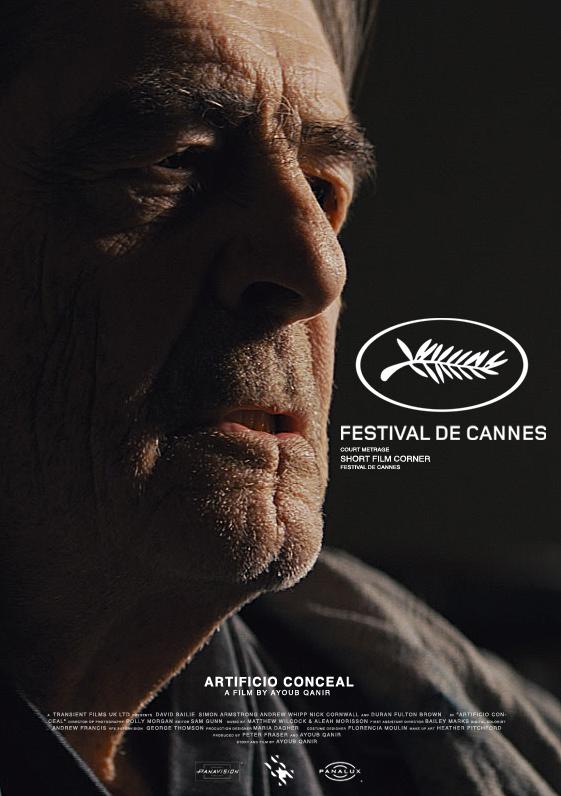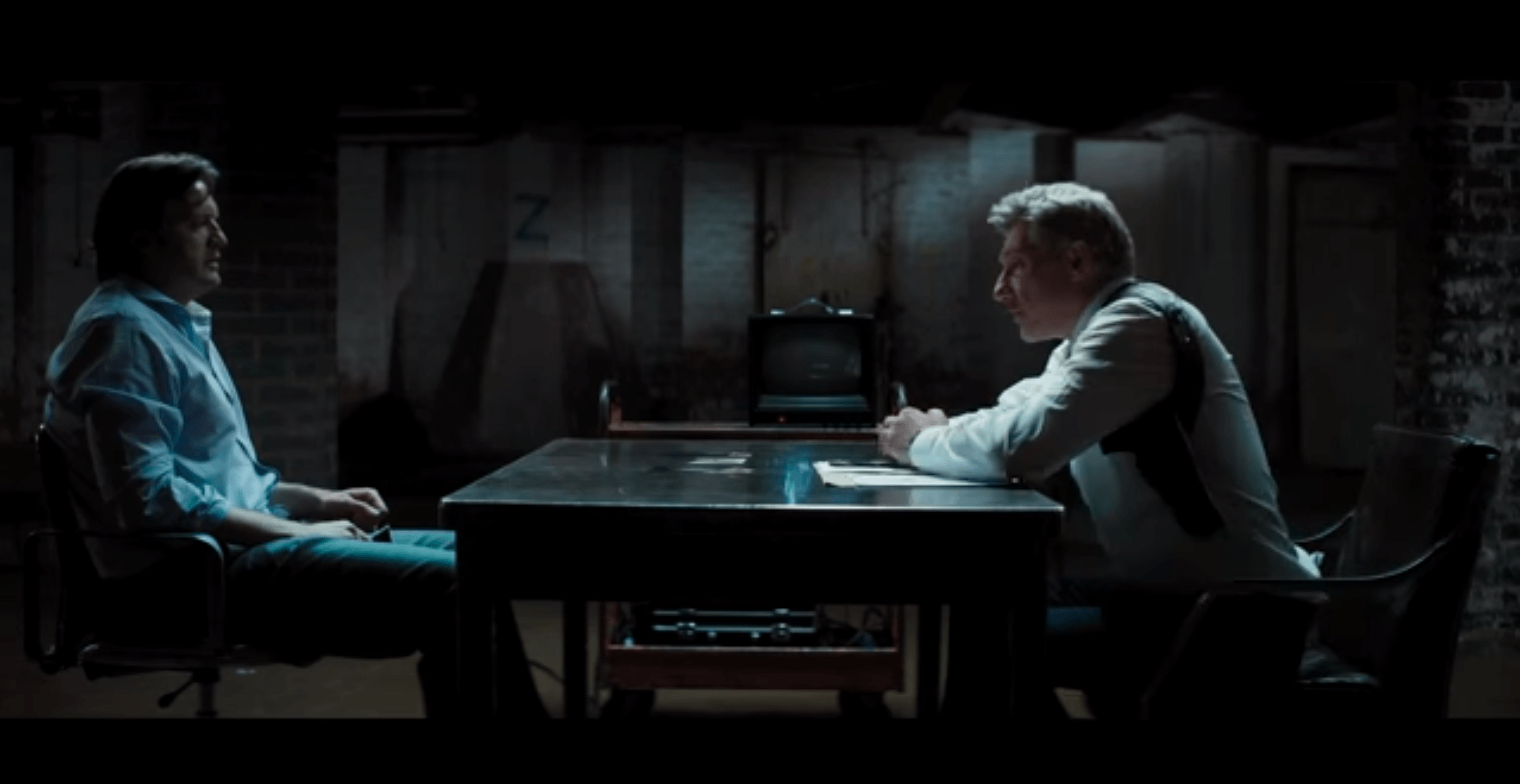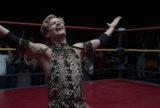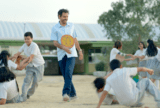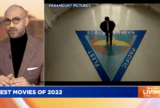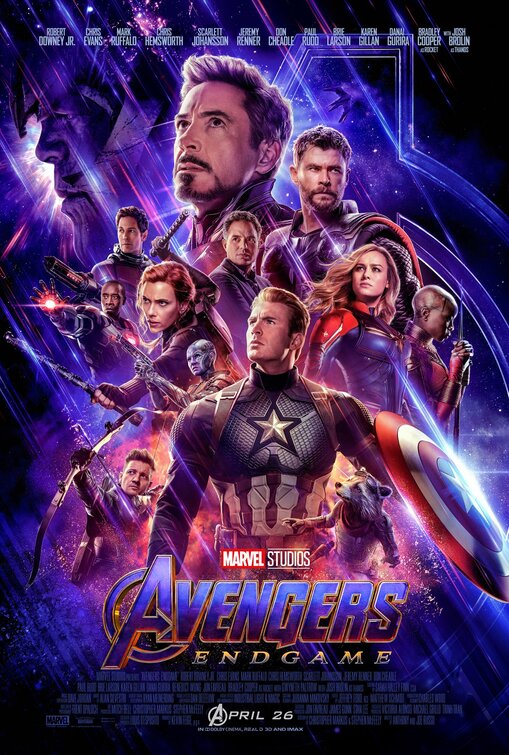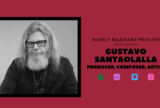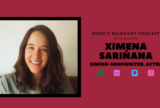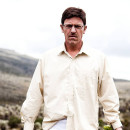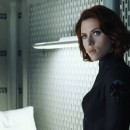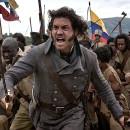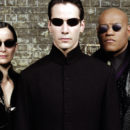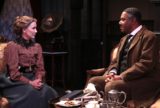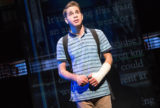News Headlines
The Top 3 Latino Films of 2023
01.5.2024My Top Films of 2022 on PIX 11 News
12.20.2022West Side Story (Movie Review)
12.2.202105.19.2015 | By Juan Doe |
In 2013 we showcased the trailer to “Koyakatsi” a fantastic proof of concept film idea from writer and director Ayoub Qanir, a talented filmmaker and storyteller who we pegged as someone worth keeping an eye on. With his latest project, Artificio Conceal, a 17-minute mind-bender that touches on some very deep and metaphysical topics we wanted to spotlight its selection in the 2015 Cannes Film Festival.
Showcasing first-rate performances by David Bailie (Pirates of The Caribbean) and Simon Armstrong (Game of Thrones) the story and film is sure to draw the attention of the Hollywood axis. Ayoub had an exciting team and a great story for the film. After watching it, we got in touch to talk about the movie, the process, and where it goes next.
1. How did the story for Artificio Conceal come about?
It all started during my road trip through the south of Italy, two summers ago- In Sicily, more precisely. The region was enigmatic, full of charm and history. One of the most piercing elements of Sicily, is that it was a point of emergence for some of the most notorious Italian gangsters who migrated to America in the early 40s. The exposure to such density of style and intrepidness gave way to the sensibility and urge to tell a compelling high-concept story carved in the world of authentic gang-try.
Merged with a thick and dense world of stylized and romantic criminal life was my encrusted interest in the essence and Human quest for meaning– I have long-pondered over the thought and concept of what meaning really means, and what was subsequently its place in our mapping of the universe, as I describe in my essay– We Are Meaning. And so the base was ready and the film was brewing– I had my two main themed interests set and so began the writing of what would become Artificio Conceal, today.
2. The film deals with some really stimulating topics, nods to the uncertainty principle, mind hacking, and the creation of a quantum clock to name a few, how do you balance all of these ideas while keeping the tract of the narrative intact?
TIME. Time is the answer to most questions haunting our curiosity today, and also to your question. There were many scientific and philosophical developments of interest for me to include in this film. And as much as they may feel disjoint at first, they actually all connect and complement each other throughout the film. And so, by drafting several versions of the same script and allowing myself the time to process, write, re-write some more, and most importantly share with collaborators helped the melange become clear and the message focused.
It is very important to start a concept with multiple strings and anchors. Yet, it’s even more important to allow them the proper time to find their adequate place in the story for a most stimulating and provocative narration.
3. How did you get Simon Armstrong and David Bailie involved in this project?
I was intensely pleased when I was informed David Bailie heard of my film project and wanted to be a part of it. It was a delight to count on him and have him be so enthusiastic about the project. He and I spent months rehearsing his role and polishing his character. David’s involvement gave rise to great creative confidence that pushed me to reach out to Simon Armstrong and propose the film to him. His agent read my script and gave it to Simon who shared a similar approval. Two weeks later Simon was also on board.
The greatest feeling is that today they love the film and have expressed their interest in working with me again, anytime. And that, for a filmmaker, is truly comforting and confidence-inducing.
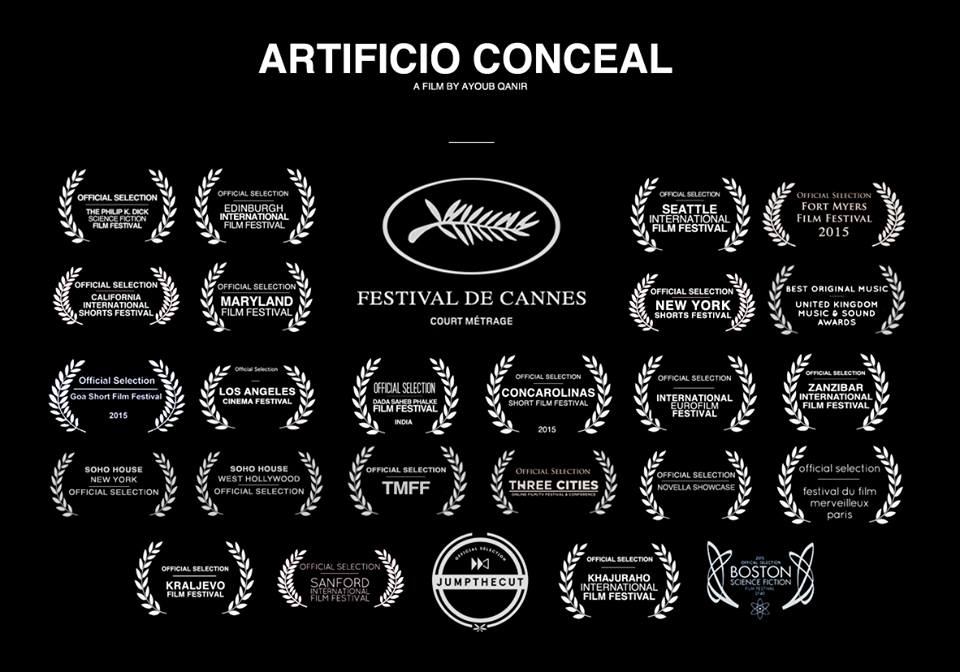
4. The score of the film was emphatically epic! Can you give us a breakdown of the sound design and who composed it?
The music composition of the film was specifically important to me. I wanted the film to have a grand emotional grab while keeping a tantalizing scope and a subtle kick of experimentalism. It was a lot to ask a music composer which is why I started searching for a musical collaborator more than 6 months prior to filming. I knew I wanted to compose several pieces before shooting– giving the music the chance to manipulate and influence the picture. After a long and specific search, I was introduced to Zelig’s Matthew Wilcock who was excited and enthused about the film and my approach to music. He and his partner, Aleah Morisson, jumped on board right away, and we started composing early pieces, that would later get polished and applied to the final musical canvas.
5. Was the intent to create a short film or a proof of concept for a feature film?
That is a question that I still ask myself sometimes. When writing and creating, the short itself was the end of the line- a complete and satisfying creative composite. However, the moment the film started being exposed to viewers, I started receiving several inquiries from producers and agents alike to package and develop the feature film of the latter. As of recently, we have a keenly interested party, engaged in talks to develop the feature. All I can say is that they are one of the most prominent agencies in the industry.
Ayoub Qanir is a film writer-director, industrial designer, and science advocate currently attending a graduate program in nanotechnology at Harvard University.
